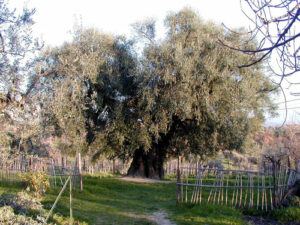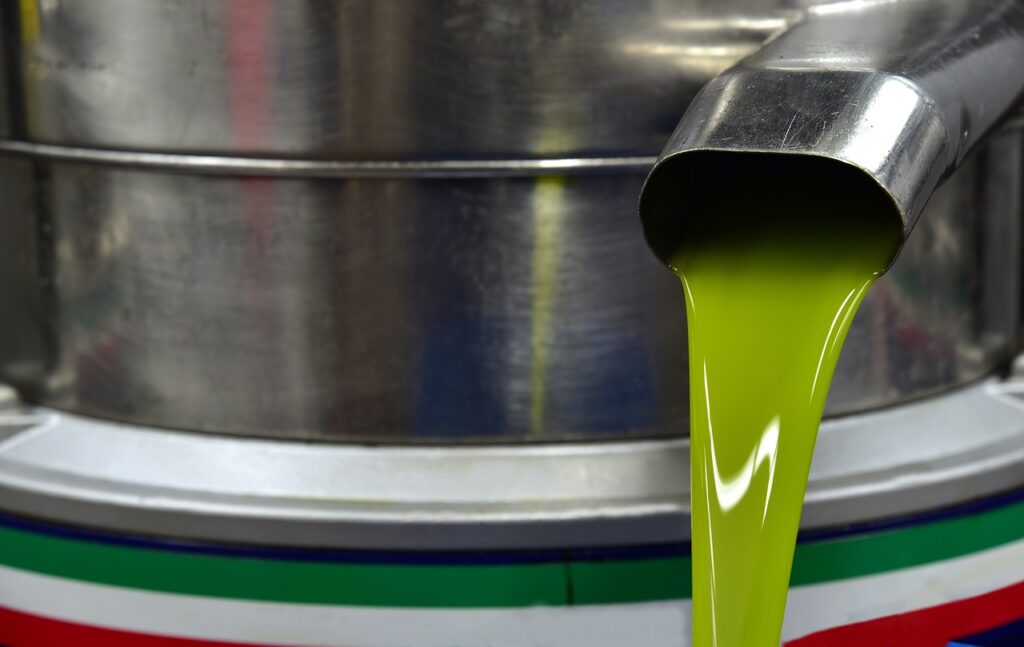Shopping Bag
No products in the cart.
Nestled in the heart of Sabina, Montopoli di Sabina is much more than just a village: it is a place that enchants with the excellence of its olive oil, cherished since the time of its legendary fellow citizen Numa Pompilius, and the unparalleled beauty of its landscapes.
Perched on a solitary green hill, Montopoli offers a rare and breathtaking vision: wherever the eye falls, a natural spectacle unfolds, harmoniously blending environment and history, beauty and tradition. From here, it is possible to admire an uninterrupted sequence of landscapes stretching from the plains of the Tiber and Farfa to the rolling hill horizons—a privilege few places can offer.
The territory of Montopoli stretches generously, embracing small hamlets and charming villages like Bocchignano, a perfectly preserved medieval gem reachable via a scenic circular route.
This is not just a village but an experience that captivates the senses and the heart. A short escape to Montopoli is enough to immerse yourself in a journey filled with history, colors, and unforgettable flavors. The evergreen hills, the villages brimming with charm, and the warm hospitality of the locals—everything here invites you to explore.
And then, of course, there are the flavors. The local cuisine, enriched by the renowned olive oil of this land and paired with the lively local wine, turns every meal into a unique experience.

Sabina treasures a unique heritage: over 24,000 olive trees, true natural monuments that bear witness to this land’s historic dedication to olive oil production.
Among these majestic trees stands the “Olive Tree of Numa Pompilius,” located in Canneto Sabino, in the province of Rieti. Legend has it that it was planted by Rome’s second king himself, between 715 and 673 BC. Still thriving today, this remarkable tree used to yield up to 1,200 kg of olives in its prime, producing around 150 kg of fine oil.
Beyond the great beauty and longevity of these olive trees, Sabina boasts a diverse variety of cultivars that enrich its olive-growing landscape.
Among the main types of olive trees found here are Carboncella, Frantoio, Leccino, Raja, Rosciola, and Pendolino.
Each of these varieties contributes its unique characteristics, giving our olive oil a wide range of aromatic nuances, making it even more refined and distinctive.
Every drop of Sabina oil is the fruit of a millennial tradition, deeply rooted in a territory that continues to celebrate excellence.
Explore ancient villages and savor the authentic flavors of local tradition, far from the hustle and close to nature.

For many centuries, and until relatively recent times, the place where oil was extracted using presses was called, in various dialectal forms, the “trappetto.” This term derives from the Latin trapetum, which in ancient Rome referred to a stone mortar in which two semi-spherical grinding wheels, driven by a vertical wooden shaft, crushed the olives. Today, the correct term for this facility is “frantoio” (oil mill).
The oil extraction process begins with a defoliation and washing phase, where leaves and impurities are removed from the olives. Next comes the preparation of the olive paste, a crucial step in separating the oily component from the other parts of the fruit.
The necessary steps to prepare the olive paste include:
Crushing involves breaking the cells of the pulp, which contain the oil. Depending on the type of crusher used, the crushing process can vary. There are primarily two types of crushers:
In this method, the pulp is crushed by pressure, squeezing the fruit (including the pit) between stone millstones, usually numbering between 2 and 6. The process typically takes 15-25 minutes, depending on the size of the millstones and the amount of olives loaded.
This machine operates at high speeds and causes a violent breaking of the pulp cells, allowing for a deeper crushing. Despite the more intense operation, proper malaxation (mixing) promotes good oil separation and achieves a satisfactory yield.

In both cases, the milling process is carried out cold, keeping the temperature below 27°C, to preserve the oil’s quality and organoleptic properties. The method used to prepare the olive paste is crucial, as it can affect the yield, the phenolic content, and the intensity of the organoleptic characteristics, such as bitterness and spiciness, which are indicators of the final product’s quality.
The cold extraction process and the meticulous preparation of the olive paste are fundamental elements in producing a high-quality oil, rich in unique and distinctive characteristics.
